What most acupuncturists aren’t telling you about taking insurance
People ask us all of the time if we take insurance, but the more fundamental question is the opposite: Does insurance take us?
Per Oregon Revised Statute (ORS) 743B.505, an insurer offering a health benefit plan in Oregon that provides coverage to individuals or to small employers shall maintain “a network of providers that is sufficient in number, geographic distribution[,] and types of providers to ensure that all covered services under the health benefit plan, including mental health and substance abuse treatment, are accessible to enrollees for initial and follow-up appointments without unreasonable delay.”
In reality, health insurance companies either accept providers into their network for a health plan they offer, or they don’t, and they may be adhering to a state’s provider network adequacy requirements, or they may not. While the National Association of Insurance Commissioners (NAIC) devised the Health Benefit Plan Network Access and Adequacy Model Act in 2015 to rethink network adequacy oversight, according to a 2017 paper it does not actually define adequacy nor provide concrete criteria that provider networks must meet to demonstrate it.
A 2022 study by the Government Accountability Office (GAO) found evidence of noncompliance with provider network adequacy standards in various forms. From January 2019 through December 2021, both the Centers for Medicare & Medicaid Services (CMS) and officials from 35 states reported receiving enrollee complaints about provider network adequacy. Enrollee complaints are perhaps the most reliable means of measuring provider network inadequacy as they reflect real-world experience with this barrier to accessing healthcare that health insurance companies can obscure by making the provider networks for their health plans look sufficient on paper.
A disturbing but widespread example of this is what is known as “ghost networks,” or errors in health plan provider directories, including the listing of providers who are not accepting new patients with the health plan whose directory they are listed in. A 2021 paper reported that more than half of all health plan provider directories contain these errors. By inflating the number of in-network providers, “ghost networks” decrease access to care, exacerbate systemic inequities, and cause financial harm to patients by deceiving them about the coverage in their area. This is not exclusive to big cities where regulating agencies (theoretically) have larger networks to monitor. It is happening right here in Bend, Oregon.
Providers who are out of network with a health plan can submit claims to be reimbursed for the services they provide, but for some health plans they are denied solely on account of providers’ out-of-network status. Billing out of network can also raise the out-of-pocket cost for patients, reducing the affordability and therefore the accessibility of the service.
Furthermore, even if providers are in network with a health plan and it covers a service they provide, it may not cover that service for a specific health concern a patient is presenting with. Just because a health plan covers acupuncture doesn’t mean it will cover it for conditions as common and responsive to treatment as tennis elbow and shin splints, for example.
These are just some of the reasons why many if not most acupuncturists who take insurance see doing so as a necessary evil. For a number of acupuncturists, it even causes burnout. At best this leads acupuncturists to stop taking insurance, but at worst it leads them to stop doing acupuncture.
When it comes to healthcare access, the effect of health insurance is not as black and white as it’s often made out to be.

